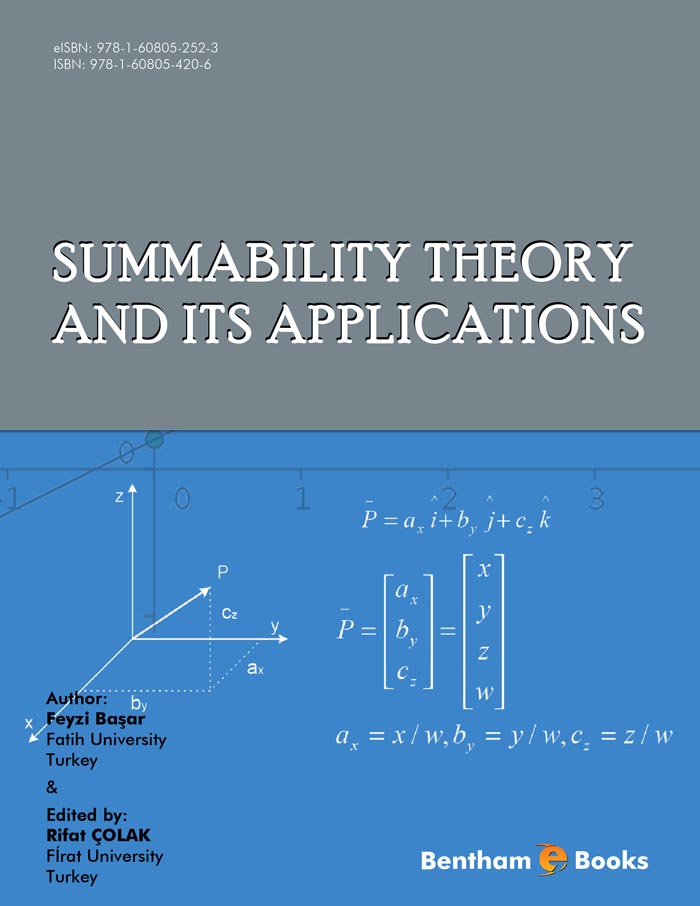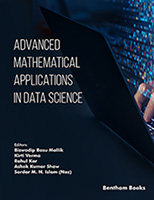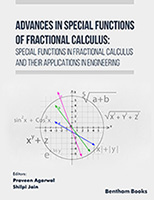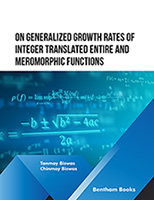This book is intended for graduate students and researchers with a (special) interest in spaces of single and double sequences, matrix transformations and matrix domains. Besides Preface and Index, the book consists of eight chapters and is organized as follows:
The book Infinite Matrices and Sequence Spaces of Cooke is fundamental for referring to the theory of infinite matrices. So, we introduce the required definitions and topics related to infinite matrices in Chapter l.
In Chapter 2, certain normed and paranormed sequence spaces are studied, and the α–, β–, γ–; and continuous duals of the spaces ɭ∞, c, c0 and ɭp of all bounded, convergent, null and absolutely p−summable sequences are determined together with some other sequence spaces isomorphic to them. Additionally, a table of the α–, β– and γ– duals of certain normed sequence spaces is given.
In Chapter 3, the matrix transformations in sequence spaces are studied and the characterizations of the classes of Schur, Kojima and Toeplitz matrices together with their versions for the series-to-sequence, sequence-to-series and series-to-series matrix transformations are given.
Chapter 4 is devoted to the domains of some particular summability matrices, with a special emphasize on the Cesàro, difference, mth-order difference, Euler, Riesz and weighted mean sequence spaces, and other spaces derived in this way. Also, the Schauder bases of those spaces, their α–, β–, γ– duals, and the characterizations of some matrix transformations are given.
In Chapter 5, the spectrum and the fine spectrum of the Cesàro operator C1, the difference operator Δ(1), the generalized difference operator B(r, s) and the operator generated by the triple band matrix B(r, s, t) acting on the sequence spaces c0, c, ɭp and bvp with respect to Goldberg's classification are determined, where 1 ≤ p < ∞.
In Chapter 6; the Knopp core, σ-core, I-core and FB-core of a sequence are studied. Also, a short survey for the results related with the core of a sequence is given.
In Chapter 7, the fundamental results on double sequences and related topics are given. In particular, the concept of convergence of double series in the Pringsheim's sense is defined, certain spaces of double sequences are introduced, and their α– and β–duals are determined. Additionally, some classes of four dimensional matrices are characterized.
Chapter 8 is devoted to the sequences of fuzzy numbers. After presenting the fundamental facts concerning convergent sequences of fuzzy numbers, some results on statistical convergence of sequences of fuzzy numbers and related results are given. Also the α–, β–, and γ– duals of the classical sets ɭ∞(F ), c(F ), c0(F) and p(F) of all bounded, convergent, null and absolutely p–summable sequences of fuzzy numbers are determined and the classes (µ(F) : ɭ∞(F)), (c0(F) : c(F)), (c0(F) : c0(F)), (c(F) : c(F); p), (p(F) : c(F)), (p(F) : c0(F)) and (ɭ∞ (F) : c0 (F)) of infinite matrices of fuzzy numbers are characterized, where µ∈{ɭ∞, c, c0,ɭp}. Finally, the quasilinearity of the classical sets of sequences of fuzzy numbers is investigated.
Feyzi BA§AR
Department of Mathematics
Fatih University
Turkey





